This time, we will introduce the causes of medaka eggs not hatching. We will explain why medaka eggs disappear, rot, or develop mold.
In addition to explaining the causes of medaka eggs not hatching, we will also provide improvement and countermeasures to ensure they hatch and grow into fry, so please read to the end.
Three Main Causes of Medaka Eggs Not Hatching
There are three main reasons why medaka eggs do not hatch.
Eaten by something
Temperature is too low
By eliminating these three causes, medaka eggs will generally hatch safely as long as they are fertilized eggs.
In the following sections, we will explain these three causes in detail.
Cause of Medaka Eggs Not Hatching ① Mold and Decay
The most common cause of medaka eggs not hatching is mold or decay.
Fertilized medaka eggs do not develop mold, but unfertilized or dead eggs do.
If the eggs are close to each other, mold from a dead egg can spread to the live eggs, eventually causing all the eggs to die.
Especially, mold is said to develop on the sticky adhesive threads attached to medaka eggs.
To prevent this, disinfect the eggs with methylene blue after removing the adhesive threads when you discover them.
Decay
Medaka eggs breathe. Without water flow, fresh air cannot reach the eggs, causing them to decay.
Especially if the eggs are scattered at the bottom of the container and left unattended or if methylene blue is not used, they often rot and disappear.
Pay attention not only to mold but also to decay in medaka eggs.
Fertilized Eggs Die
Fertilized eggs may also die halfway and decay. You can identify them because they turn blue with methylene blue or can be lightly crushed with a finger.
Cause of Medaka Eggs Not Hatching ② Eaten by Something
The second most common cause after mold and decay is the eggs being eaten by something.
The culprit can be larger fish like parent medaka or microorganisms such as bloodworms and planaria.
Planaria, in particular, are a significant threat as they swiftly crawl at the bottom of the container, preying on the eggs. Eggs eaten by bloodworms or planaria shrink and disappear when touched.
If other fish eat the eggs, you can isolate the fish or collect the eggs immediately after they are laid. However, bloodworms and planaria can enter unnoticed, so you must search carefully.
As mentioned later, these creatures are challenging to exterminate and can cause a lot of trouble once they invade.
Contrary to popular belief, snails and shrimp, often thought to eat medaka eggs, do not prey on fertilized medaka eggs.
In fact, these creatures are beneficial as they generate water flow, preventing decay, and eat mold growing on unfertilized eggs, acting like caretakers.
https://www.aru-na.net/post-2877
It is often bloodworms or planaria wriggling around the eggs that eat them, not the snails or shrimp.
Cause of Medaka Eggs Not Hatching ③ Temperature is Too Low
Another cause of medaka eggs not hatching is low water temperature. In nature, medaka do not spawn unless the temperature is above 20 degrees Celsius.
In other words, medaka eggs are not naturally found in seasons when the temperature drops below 20 degrees Celsius.
Medaka eggs are more sensitive to low temperatures than expected, and their hatching rate decreases during late autumn to early spring when the temperature drops at night despite being above 20 degrees Celsius during the day.
To improve the hatching rate of medaka eggs, keep the water temperature at least above 20 degrees Celsius, preferably warming it to 25 degrees Celsius or more with a heater.
Countermeasures for Medaka Eggs Not Hatching or Disappearing
Here are some countermeasures for medaka eggs not hatching or disappearing.
I also struggled with eggs disappearing or rotting due to the above three causes.
However, through trial and error, I succeeded in improving the hatching rate of medaka eggs, and now the number of disappearing eggs has significantly reduced.
I will explain in detail the countermeasures I have taken for medaka eggs not hatching or disappearing.
Countermeasure for Eggs Not Hatching ① Remove Adhesive Threads and Disinfect with Methylene Blue
To increase the hatching rate of eggs, remove the adhesive threads, eliminate unfertilized eggs, and disinfect with methylene blue. First, roll the eggs on a paper towel to remove the sticky threads attached to the eggs.
You can also use a metal tea strainer or a dedicated egg cleaner to rub the eggs and remove the adhesive threads and debris. Freshly laid fertilized eggs are hard, so they will not be damaged even if rubbed with a metal sieve.
Also, remove unfertilized eggs that have turned white or become mushy. Next, add methylene blue to the container where the eggs are stored. Add about 10 drops per liter of water, as insufficient amounts will not be effective.
Although it becomes quite concentrated, if the methylene is too thin, you will need to change the water daily to prevent the eggs from rotting. If the methylene is thick, changing the water once a week will suffice.
The container only needs to hold the medaka eggs, so 1 to 2 liters is enough. In winter, it is good to manage the temperature by filling a larger container with water, heating it with a heater, and placing the egg container in it, using a bain-marie method.
Countermeasure for Eggs Not Hatching ② Use a Container of 10 Liters or More + Aeration
There is also a method of storing eggs without using methylene blue.
As a countermeasure for eggs not hatching, use a container of 10 liters or more to store the medaka eggs.
A small container makes the water quality deteriorate easily and the temperature unstable, reducing the hatching rate.
I also aerate the water from the egg stage to create water flow, preventing mold and decay.
Simply using a larger container significantly improved the hatching rate.
Countermeasure for Eggs Not Hatching ③ Add Shrimp and Snails
Another method for eggs not hatching is to add shrimp and snails to the egg container.
I use Neocaridina shrimp and Ramshorn snails.
Adding these creatures reduces the risk of eggs decaying or molding.
However, naturally, removing unfertilized eggs and adhesive threads and adding methylene blue results in a higher hatching rate.
Countermeasure for Eggs Not Hatching ④ Use Isolation Nets for Eggs
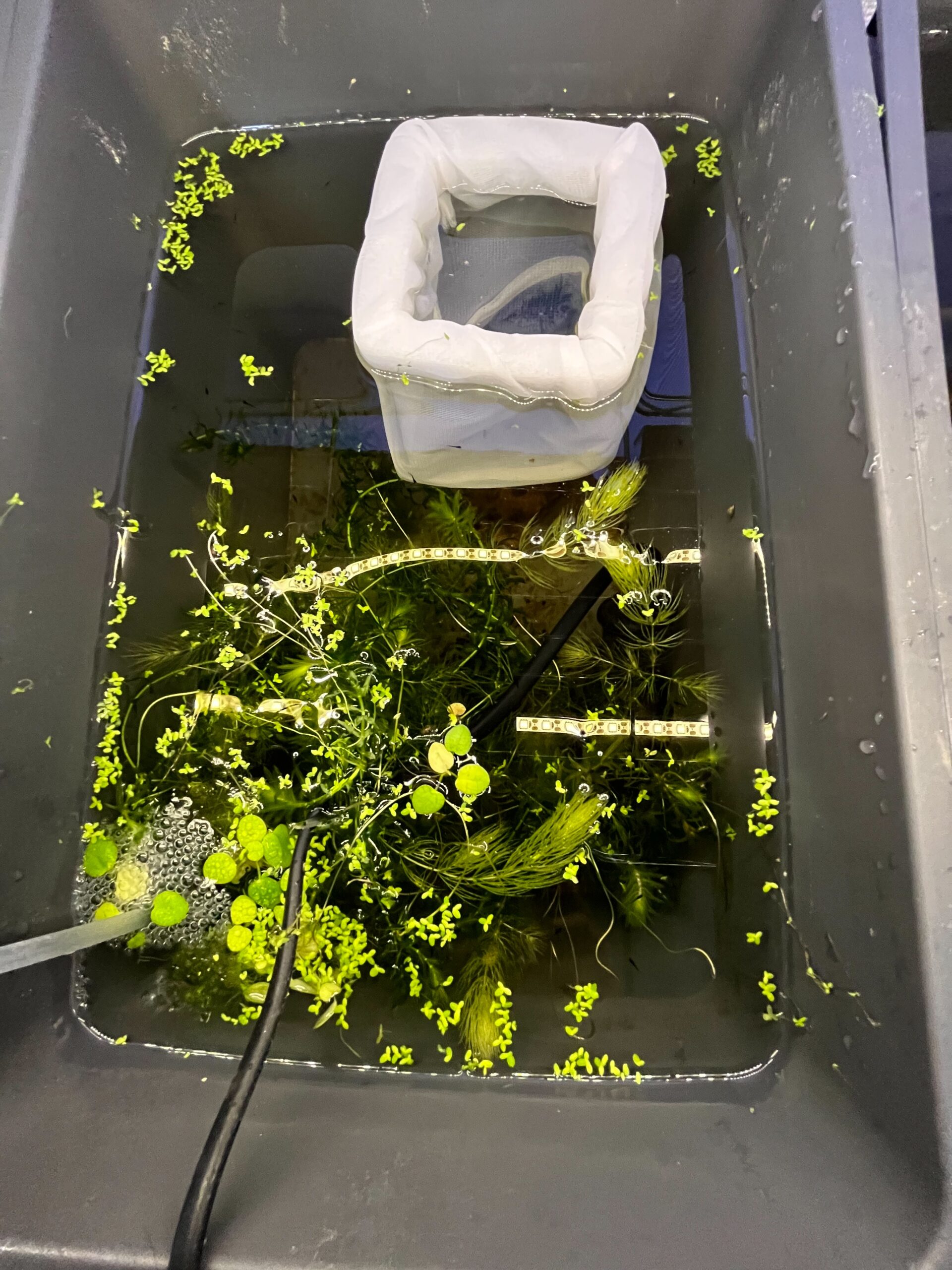
From my experience, medaka eggs placed at the bottom of the container have a lower hatching rate. The reasons are higher chances of decay and predation by bloodworms or planaria.
Bloodworms and planaria cannot swim, so they cannot reach the medaka eggs laid on water plants or water hyacinths.
To recreate this, I place medaka eggs in isolation nets.
Since using isolation nets, the hatching rate has significantly improved, so I place isolation nets sold at Seria in a 15-liter egg storage container and place the eggs in them, releasing the fry from the net after hatching.
Countermeasure for Eggs Not Hatching ⑤ Exterminate Planaria and Bloodworms
Although isolation nets generally ensure eggs hatch safely, planaria can sometimes invade the isolation nets.
If planaria enter the isolation nets, they will eat the eggs, leading to disastrous results.
I once threw an isolation net into boiling water out of frustration after planaria entered and ate valuable medaka eggs.
It is tough to exterminate planaria once they appear. They are resilient, and even after using extermination agents like Planaria ZERO, they sometimes remain alive, making it a challenging task.
On the other hand, bloodworms can only eat eggs that have fallen to the bottom, so if isolated in nets, they cannot reach the eggs.
https://www.aru-na.net/post-3026
Countermeasure for Eggs Not Hatching ⑥ Keep Warm with a Heater
Finally, if medaka eggs are not hatching indoors during winter, it could be due to insufficient temperature.
Although textbooks state that medaka eggs hatch above 20 degrees Celsius, they are more sensitive to low temperatures than expected.
It is often more successful to warm the eggs and early fry to above 25 degrees Celsius with a heater rather than just above 20 degrees Celsius.
Conclusion
Most causes of medaka eggs not hatching or disappearing are mold or decay.
Using methylene blue or Aguten and placing the eggs in a larger container with aeration can help prevent water decay.
If the eggs disappear without mold or
decay, it is possible that planaria or bloodworms are present in the tank.
Planaria, in particular, quickly eat the eggs, making them very troublesome. If you find planaria, remove them immediately.
“`
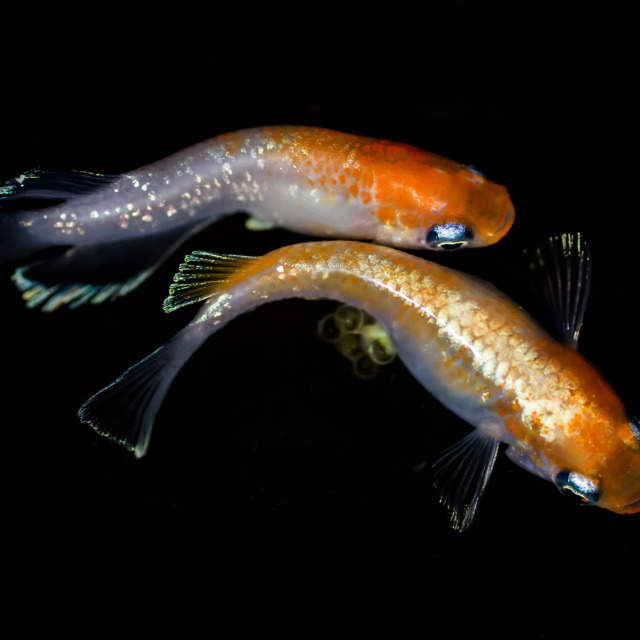

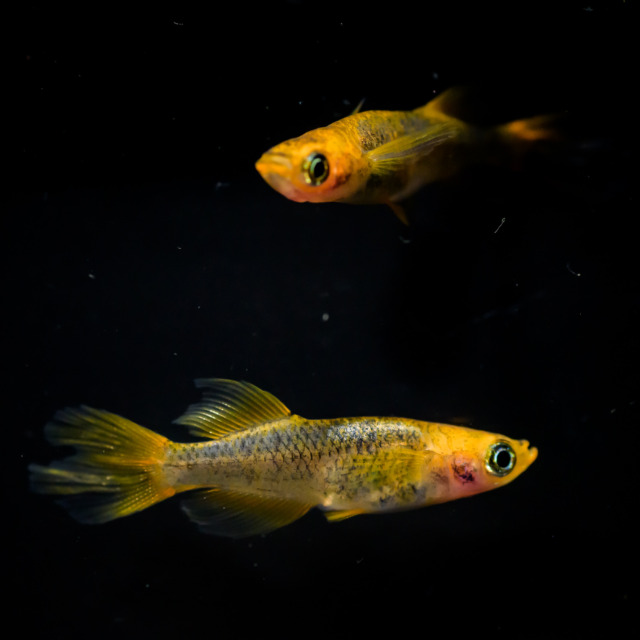

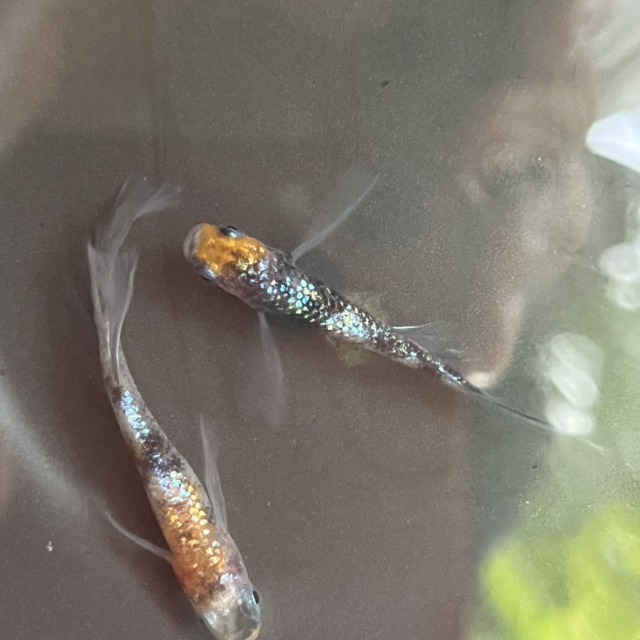
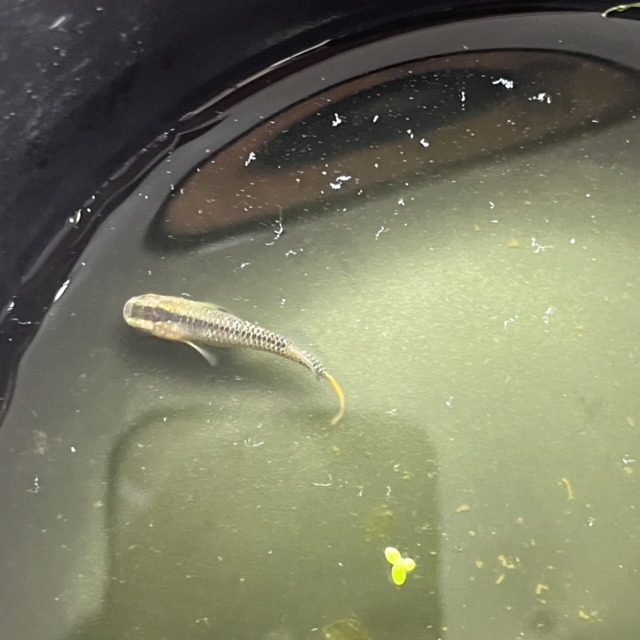
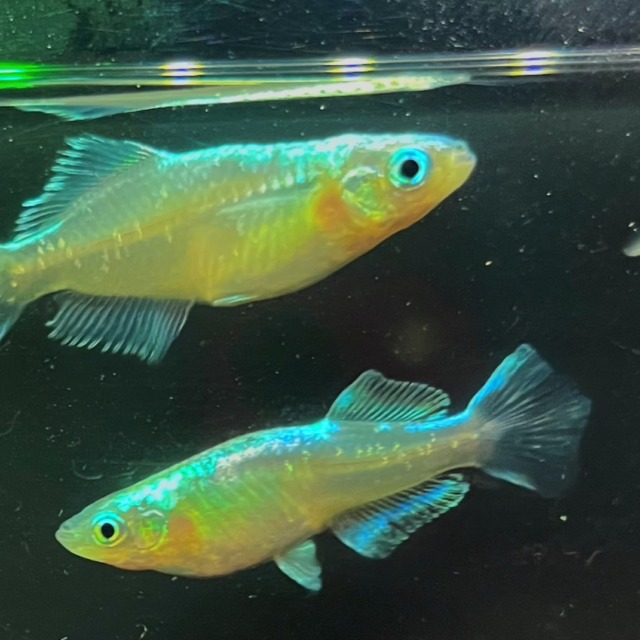
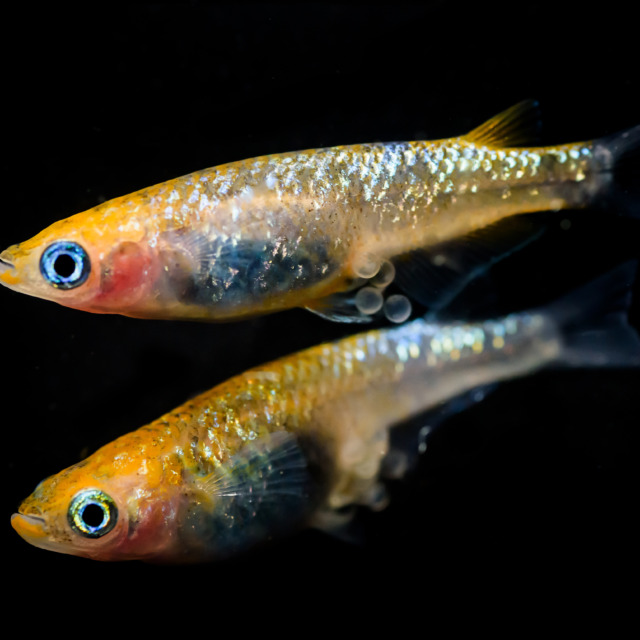


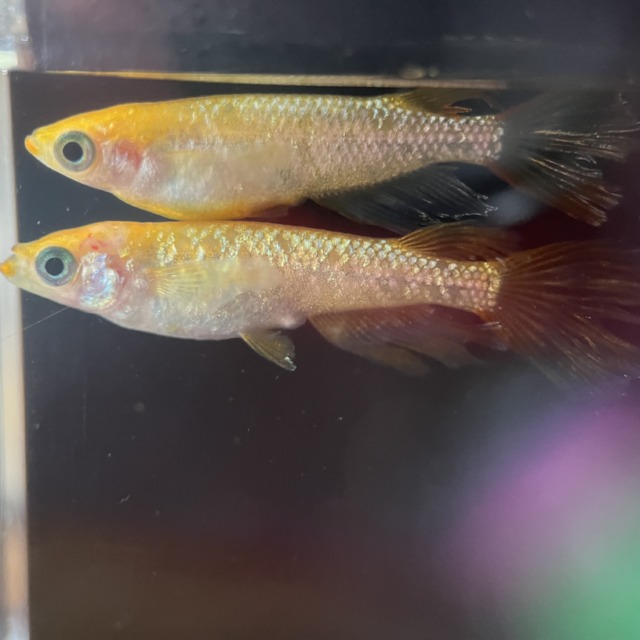

No comments yet.